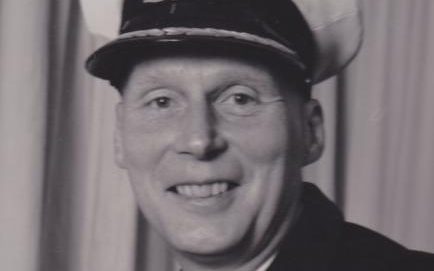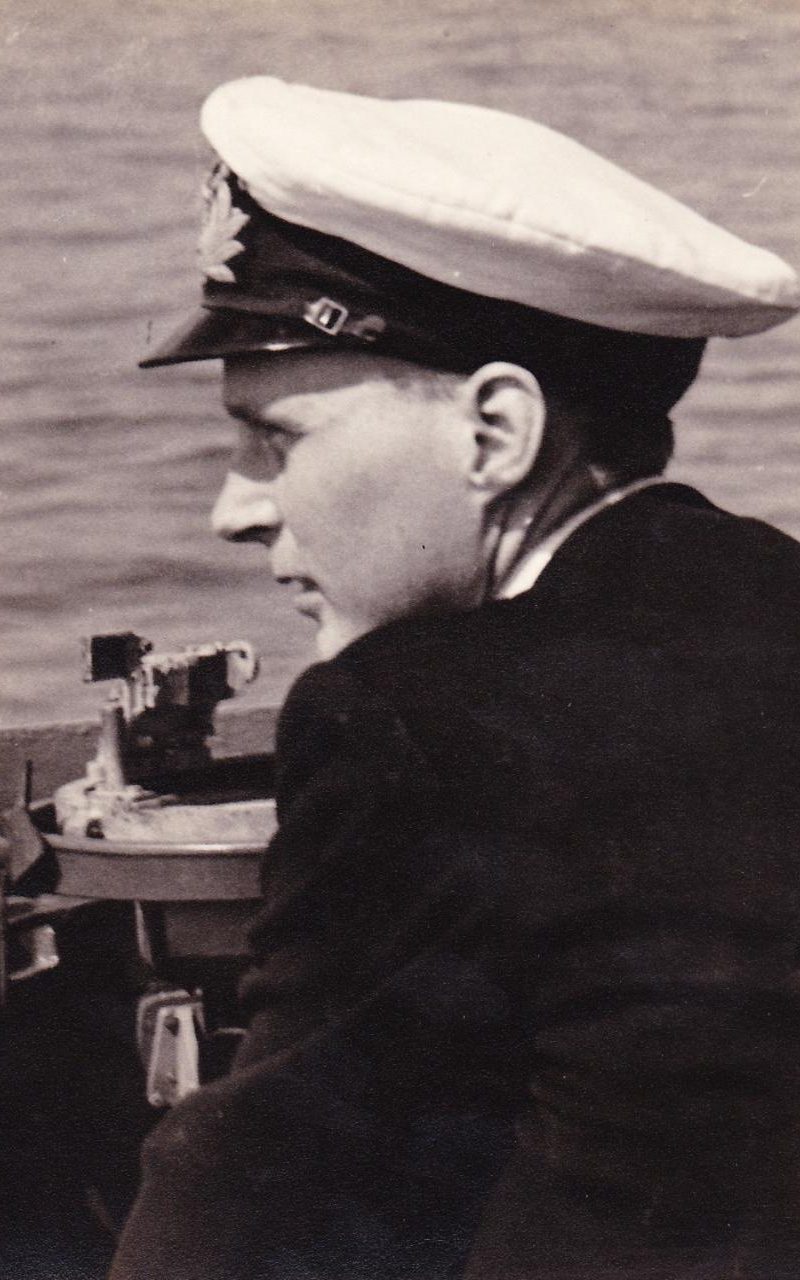He served in the diesel-powered
submarines Acheron (1950-51), Aurochs (1951-52), Tradewind
(1952-53), Sea Devil (1953-56) and Aeneas (1956-57); he commanded
Ambush (1959-62) and Oracle (1962-64).In the rank of commander
Hervey commanded the 6th Submarine Squadron based in Halifax, Nova
Scotia, before spending a happy year in command of the destroyer
Cavalier, and then training to become a nuclear submariner in order
to command Britain’s third nuclear-powered boat, Warspite
(1968-69).After Warspite he was operations officer to the Flag
Officer Submarines. In 1971-73 he enjoyed his one desk job in the
Ministry of Defence, and was promoted to captain before commanding
the 2nd Submarine Squadron at Devonport (1973-5) and the guided
missile destroyer Kent (1975-76).Between 1976 and 1980 he was deputy
chief of Allied Staff at its Nato headquarters at Northwood, in the
rank of commodore.Promoted
to rear-admiral, from 1980 to 1982 he was Chief of the British Naval
staff in Washington at the start of the Falklands War, when his
ability, eloquence and sense of humour contributed greatly to the
success of his dealings with the Pentagon, including with the
Secretary for the US Navy, John Lehman, and senior officers of the
USN. He was particularly effective in obtaining American support and
supplies for British forces in the South Atlantic.After retiring
from the Navy, Hervey became a consultant in the defence industry,
and his book Submarines (1984), in Brassey’s Sea Power series, is
regarded as a bible for submariners.He revived the friends of the RN
Submarine Museum in Gosport, and led the campaign to save HMS
Cavalier as a museum ship. In 1998 he prepared and successfully
presented the case for saving Cavalier to the House of Commons
Culture, Media and Sport Select Committee then chaired by Gerald
Kaufman, and got funding from the Heritage Lottery Fund.Cavalier is
now an important tourist attraction in the Chatham Historic
Dockyard, alongside the submarine Ocelot, in which his son Jon
served. Hervey also supported the Friends of Crescent Garden, a
Georgian garden in Alverstoke, Gosport, frequented by Jane Austen’s
brother, Captain Charles Austen RN.Known for his endless supply of
amusing stories, and his gentle, modest, unselfish nature, he was a
gentleman who gave generously to charities.
In 1950 Hervey married Audrey “Liz” Mote, who predeceased him in
2015; he is survived by their two sons and a daughter.
Rear-Admiral John B Hervey, born May 14
1928, died May 26 2016


